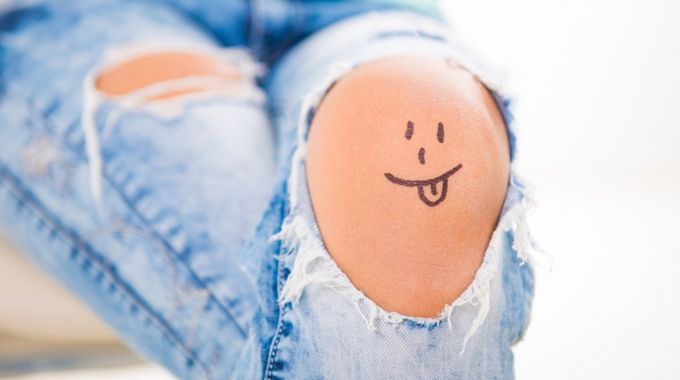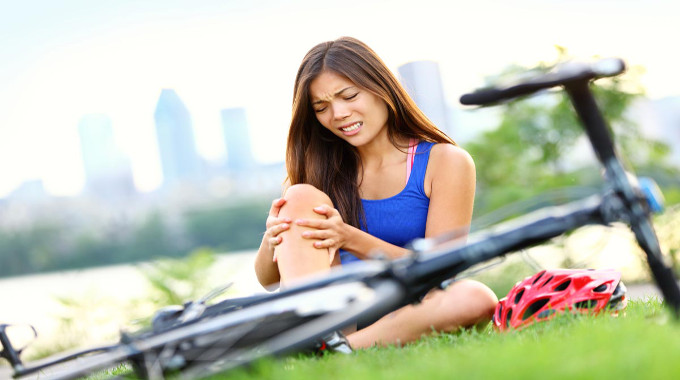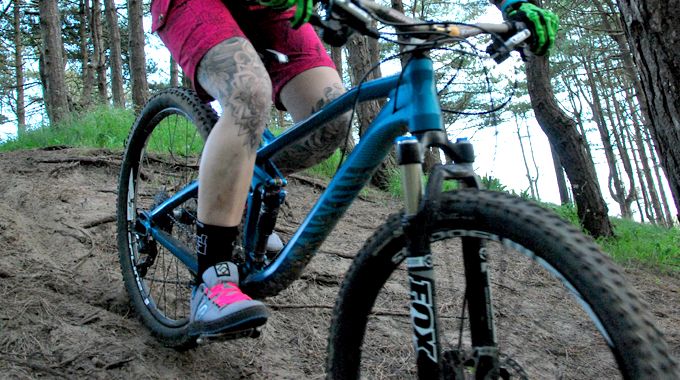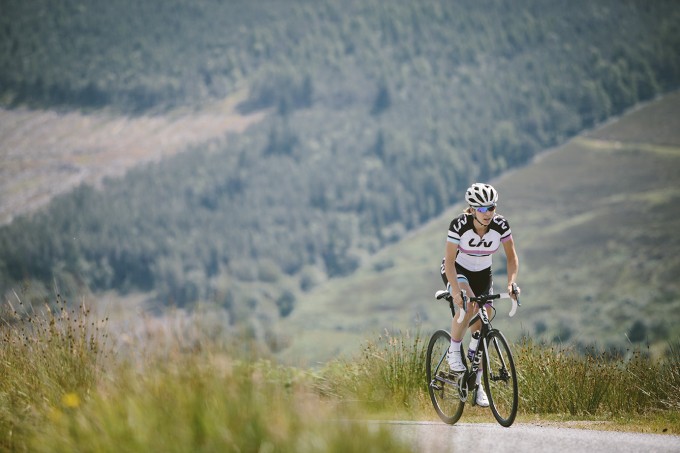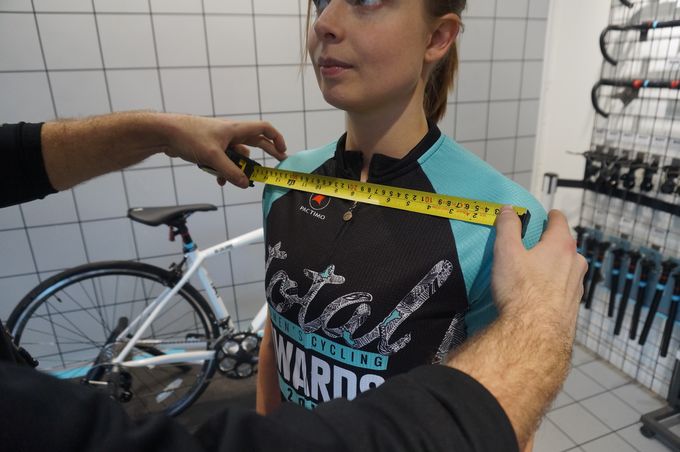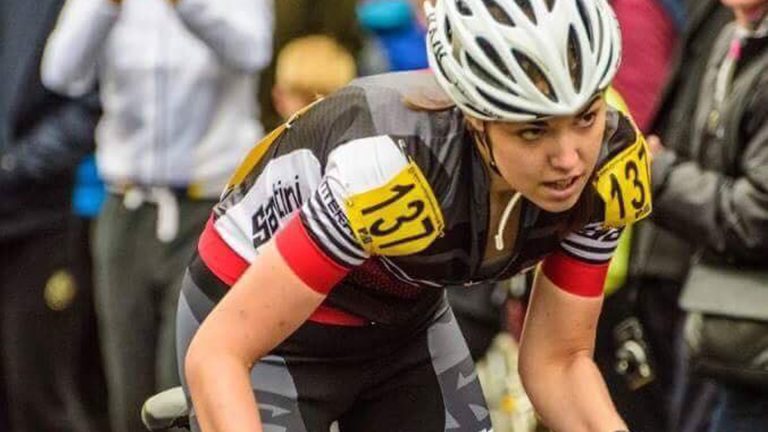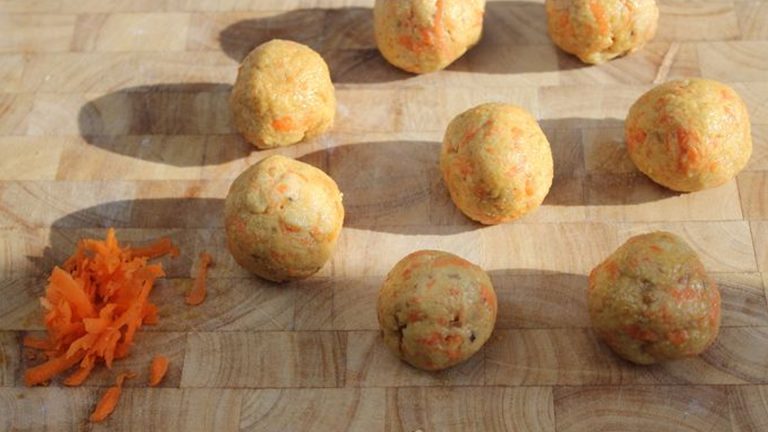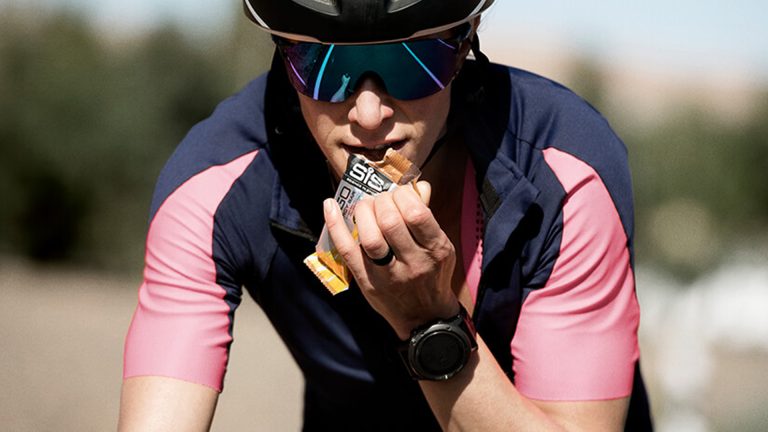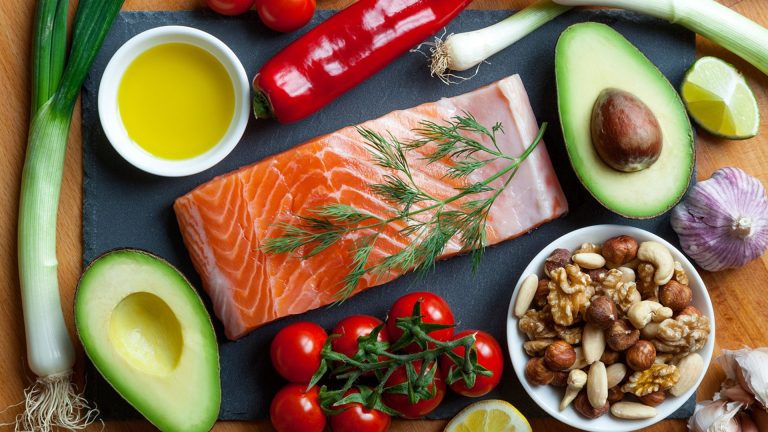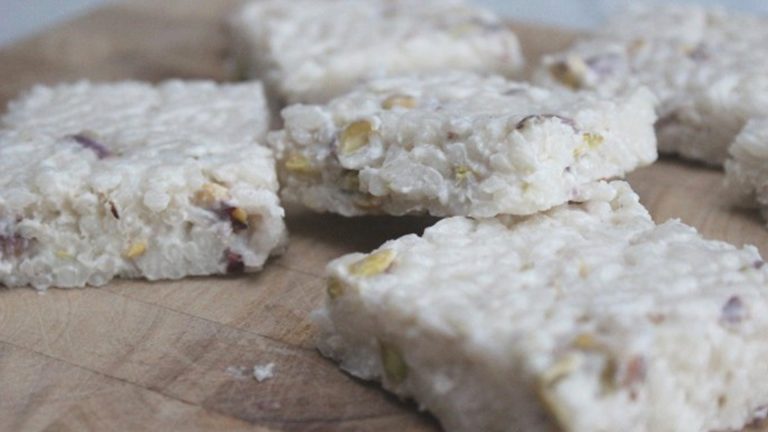The Cyclist

It goes without saying that we’re all built differently. Our genetics and our lifestyle have a lot to play with which sports we can do easily, and which ones we can’t.
Over our lifetime, our knees have taken a beating, especially as a kid. Knocks, falls, grazes and sports can all take their toll over time. Underlying problems from previous injuries are a frequent cause for joint issues amongst cyclists.
Believe it or not, many of us will have one leg slightly longer than the other, or a rotated pelvis causing us to favour the use of one leg over the other. All these slight abnormalities will contribute to knee pain complications also.
How our muscles and joints grow and develop can lead to pains and aches also. Some of us are naturally more flexible than others, and some suffer from stiffness of the joints which is just a part of who we are.
SOLUTION: It’s difficult to find a one-rule-for-all approach when each individual is different. However, there are some things we can all do to help our knees cope better with the strain and stress they go through on the bike.
Warm baths to soften muscles is a great way to get started. Followed by stretching. Stretching should never be underestimated. It’s easy to do with a variety of benefits, and yet, so many of us forget to do it.
Stretching out specific muscles like the quads and hamstrings will help improve the flexibility of the legs, and create a better blood flow to the muscles whilst training. Stretching and strengthening the muscles around the knee will provide additional support to the joint also. Foam rollers are a great way to soften and stretch out those muscles, especially in the legs.
How to: Use a Foam Roller for Stretching
It may not be a muscular issue that you’re having, and if not the problem could be a little harder to identify. The knee does suffer wear over time, especially in the cartilage between the joints. This cartilage is there to assist with the movement of the bone joints and absorb impact taken. However, over time this cartilage can wear thin which can be incredibly painful, especially in cold winter months.
Glucosamine is a naturally occurring amino acid found in the body. It helps lubricate and strengthen the cartilage in your joints, so introducing rich glucosamine foods into your diet will help with those knee problems.
Regular stretching, massages and perhaps popping a Glucosamine tablet each day are all good ideas. However – more complicated issues such as a twisted pelvis or pain resulting from upset muscles elsewhere are best seen by a professional, such as a physiotherapist or osteopath.
